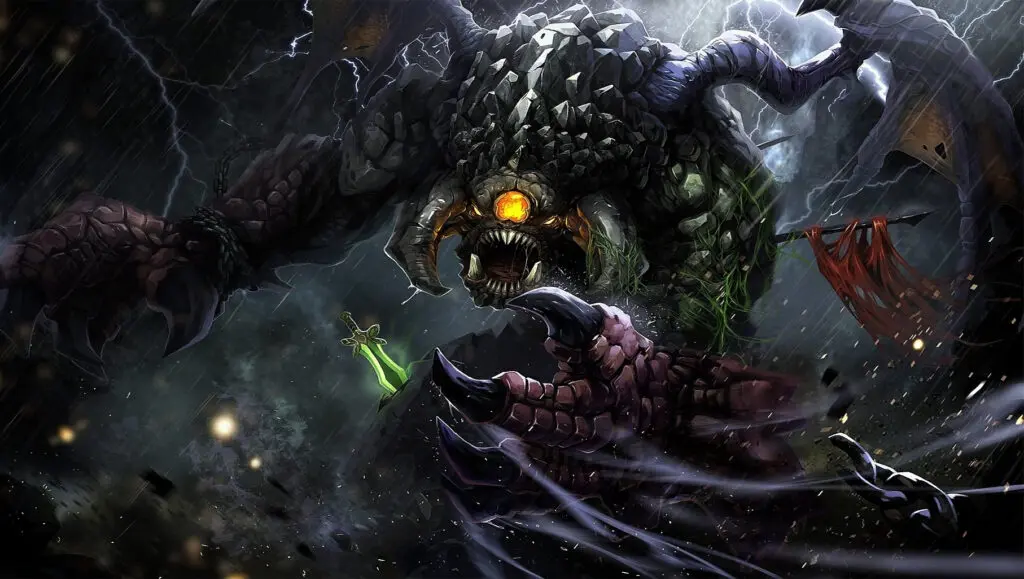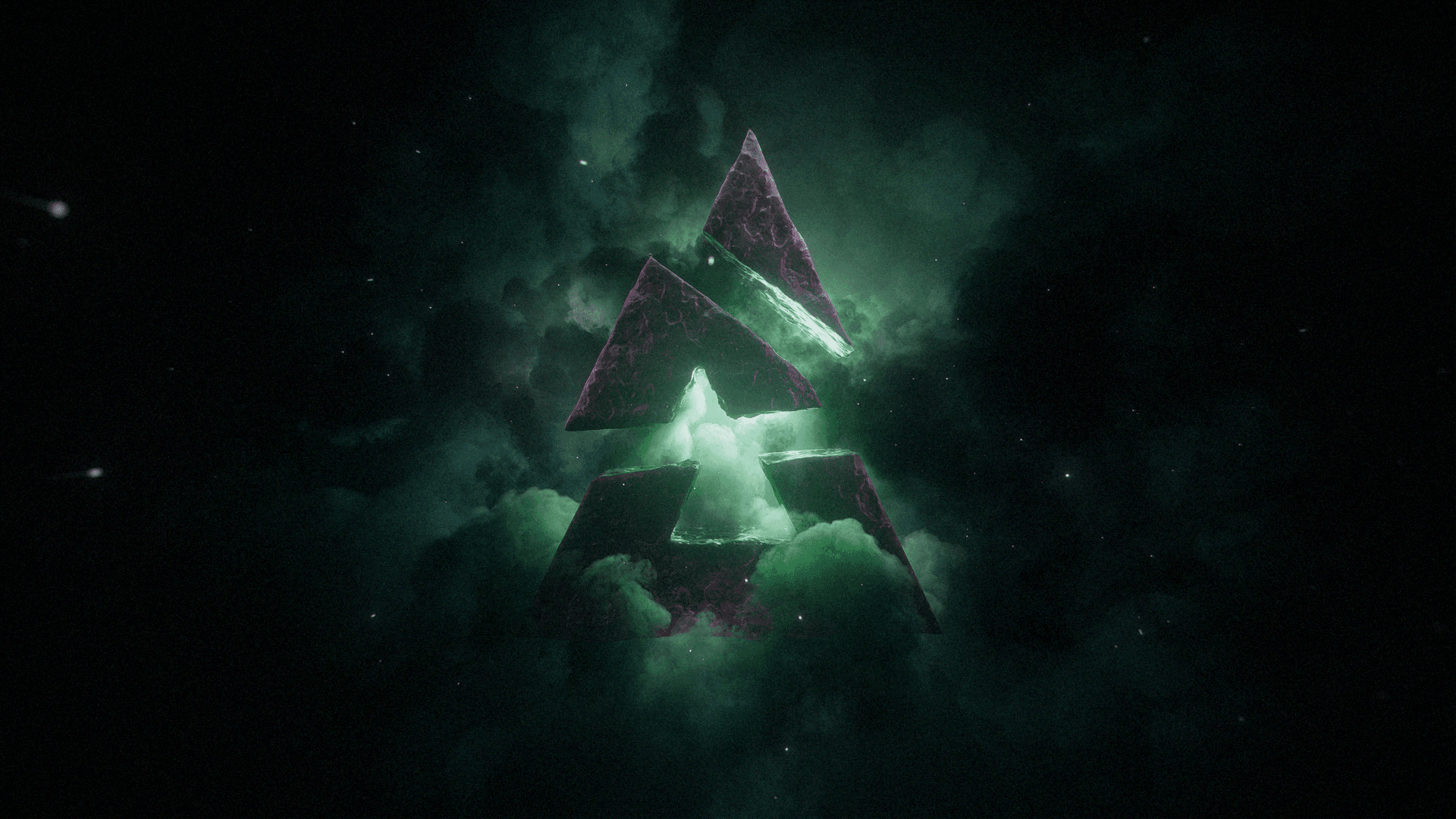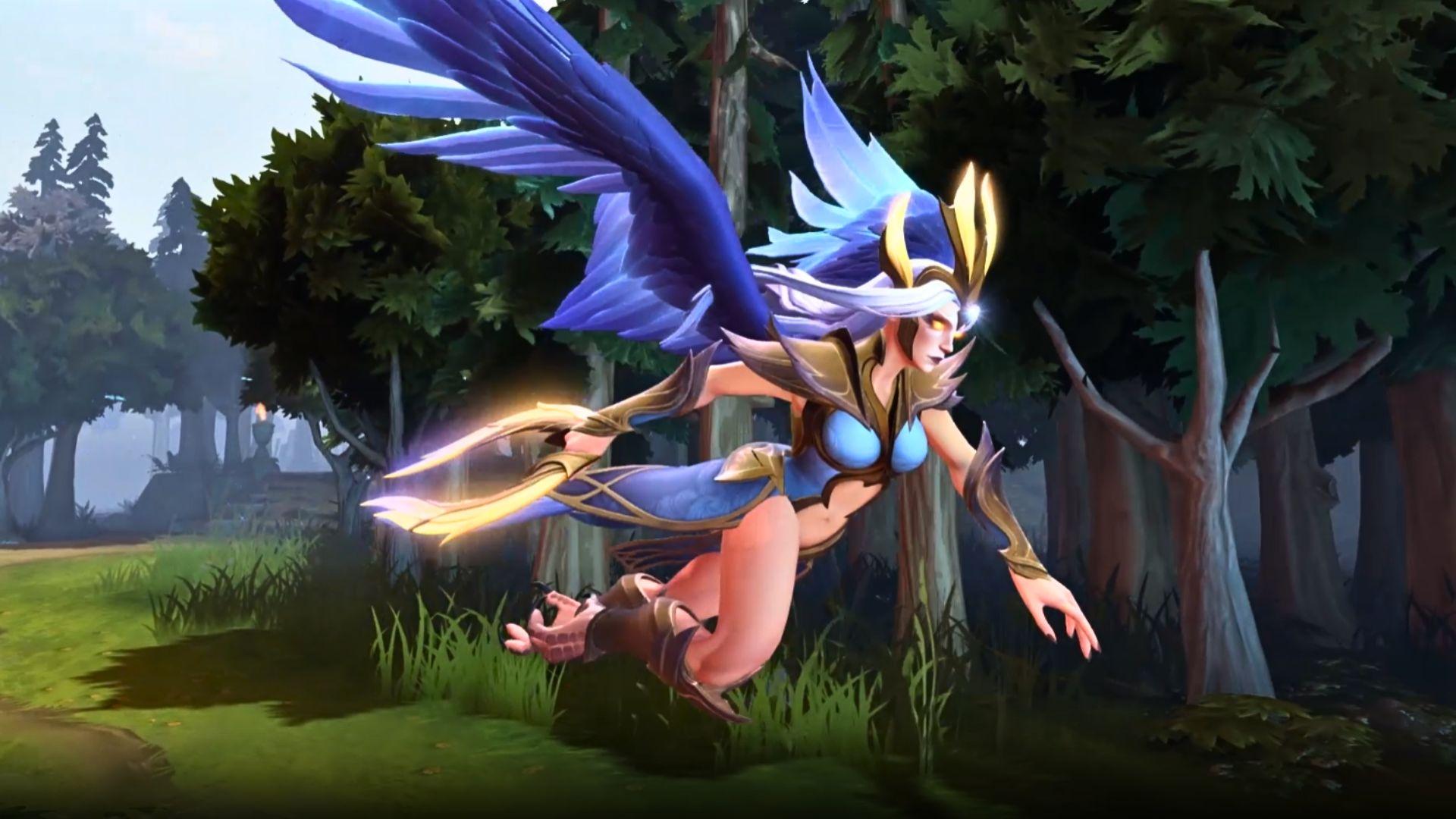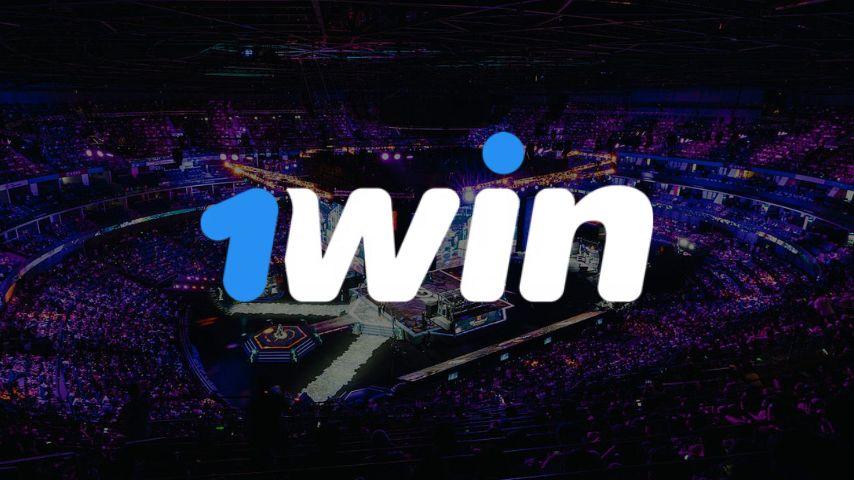
These are the terms you need to know before playing Dota 2
Dota 2 is a difficult game and a big part of that is because there’s so much lingo associated with the game.
While terms like “support” and “gold” make sense and are used across a variety of different games, Dota 2 goes several steps beyond that. Not only does it have terms that aren’t used in any other MOBAs, it has terms that are used in multiple different ways.
That makes it hard to wrap your head around Dota 2 sometimes, but fear not. Here are the definitions for some of Dota 2’s trickier vocabulary words.
What is Roshan in Dota 2?
In Dota 2, Roshan is an enormous monster that lives in a cave in the river. It is the strongest non-player unit in the game and is an important part of how games progress and how some heroes function.

This is because Roshan can be killed for a large amount of gold and experience and several valuable items. The most notable of these items is the Aegis of the Immortal, which heroes can pick up to be revived with full health and mana upon death.
There’s also Cheese, which is a consumable item that fully heals health and mana. The other exclusive item that can be dropped by Roshan is Refresher Shard, another consumable item that resets all ability cooldowns for a hero.
Roshan can also drop two items from the normal shop, being Aghanim’s Shard and Aghanim’s Blessing. At present, there is a level of randomness to what Roshan drops but it will always drop Aegis of the Immortal.
What is a creep?
A creep in Dota 2, and most other MOBAs, is any easily killed unit that is not controlled by the player. In Dota 2, the term applies to the ones that travel the lanes for either team as well as the monsters in the jungle.
What is the jungle in Dota 2?
Dota 2’s jungle is the forested area between lanes. It contains a number of monsters that are not affiliated with either team that can be killed for gold and experience. These monsters respawn at the top of every minute and are an important part of farming for all players.
What is a neutral in Dota 2?
Neutrals in Dota 2 are any units that are not a part of either team. This includes all creeps that spawn in the jungle and Roshan. When people refer to neutrals they usually mean jungle creeps, but it technically applies to Roshan as well.
What are ancients?
The word “ancient” has an unintuitive dual meaning in Dota 2. The ancient can refer to the center of either team’s base that is destroyed to secure victory, or the largest, strongest neutrals in the jungle.
What does the triangle mean in Dota 2?
In Dota 2, the triangle is a specific part of the jungle where three groups of neutrals are relatively close together. The location of the triangle has been moved on many occasions over Dota 2’s history and sometimes there have been multiple triangles for either side.
The triangle is an important part of the jungle as it’s the area that allows carries to farm most efficiently. Certain heroes will also sometimes have tricks that allow them to stack or clear the entire triangle at once.
What is stacking in Dota 2?
Stacking in Dota 2 is a method for having multiple groups of neutrals spawn in the same location.
Neutrals spawn in their location at the top of every minute. if neutrals are killed or aren’t near their spawn location, they will respawn. Players can attack a neutral, run away, and if the neutrals are far enough away from their home it will cause another group to respawn. This respawn is referred to as “stacking.”
Support players can stack camps for their carries to give them the chance to farm more efficiently. This is a standard strategy in high-level and professional play, but it’s effective at all levels.
What is a juke in Dota 2?
Juking in Dota 2 refers to using vision-obscuring obstacles to avoid enemies’ lines of sight. For crafty players, this can be a method of escape or a means of wasting an enemy’s time when death is likely.
What is a rotation in Dota 2?
Rotations in Dota 2 are when a player moves from one lane to another. A rotation can be made for a variety of reasons including killing an enemy hero, defending an allied hero, or pushing a tower. The term is most frequently used when discussing the early game where players have clearly defined areas of the map where they should be, but it can be used at any point in the game.
What does it mean to gank?
A gank in Dota 2 or League of Legends is when players take aggressive action in order to kill an enemy player and escape without instigating a larger engagement. This is not meant to be the start of a team fight, but is instead just a quick kill and escape.
Ganks can occur at any stage of the game. The term “ganker” is also used to refer to heroes who excel in this role thanks to high burst damage potential. This includes Lina, Lion, and Nyx Assassin.
What is the safe lane and off lane in Dota 2?
The safe lane in Dota 2 is the longer of the two side lanes for either team. For the radiant side, this is the bottom lane. For the dire side, this is the top. The opposite side lane is referred to as the off lane.
The lane is referred to as the “safe lane” because it is harder for enemies to come out of the jungle to gank them. Because of this, offlaners will typically play elusive heroes in order to escape from danger.
What does it mean to micro units?
The term “micro” refers to controlling specific actions for multiple units at the same time. It’s shorthand for micromanagement, a term that was coined in gaming with the StarCraft fandom.
In Dota 2, micro is made in reference to heroes that have summoning units as part of their kit. The most notable examples are Arc Warden, Lone Druid, Visage, Chen, Meepo, and Beastmaster. The term also applies to heroes that rely heavily on long-lasting illusions such as Naga Siren and Terrorblade.
As a verb, players can “micro their units” by controlling them individually to do multiple tasks at the same time, like pushing lane while also farming the jungle. The heroes that rely heavily on this can also be referred to as “micro heroes.”
What does 322 mean in Dota 2?
“322” is slang within the Dota 2 esports scene for match fixing. Match fixing is the act of intentionally losing a professional sports competition, usually in exchange for financial gain.
The term is a reference to a case of match fixing perpetrated by famed captain Alexey “Solo” Berezin, who bet against his own team in a tournament and intentionally sabotaged his team’s chances. This netted him $322 in winnings.
Since then, the term 322 has been adopted across every Dota 2 region. Notably, Solo was never punished by Valve for match fixing despite having admitted to it. While other players have typically been given lifetime bans, Solo was allowed to continue on in his pro Dota 2 career and became a three-time major winner.
Recommended

BLAST entering Dota 2 esports with five tournaments
“We have plans that Dota fans haven’t seen before.”

Dota 2 Crownfall update: What’s new?
Exciting, but no Ringmaster.

1win accuses ESL One Birmingham of favoring OG after Visa issues
“Not the Visa curse.”







